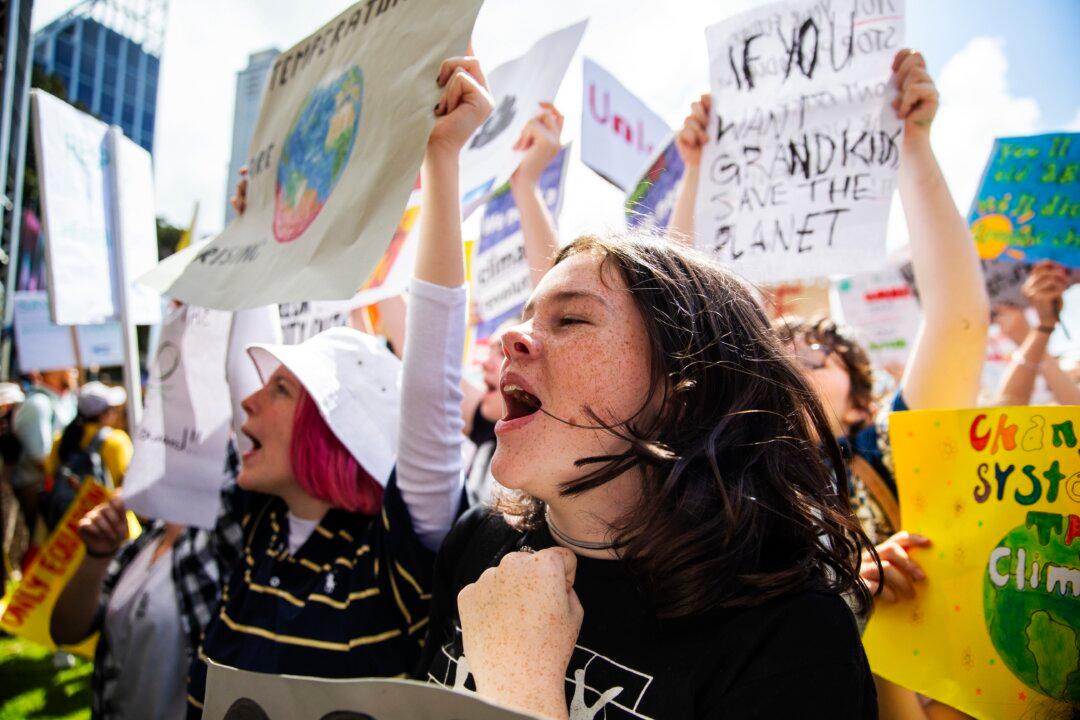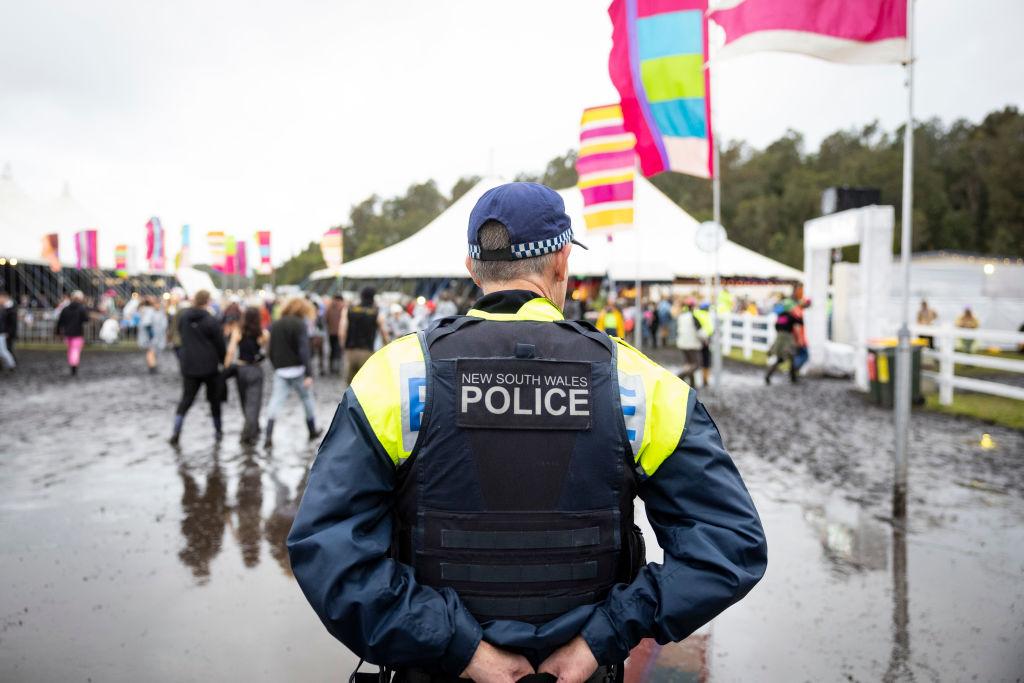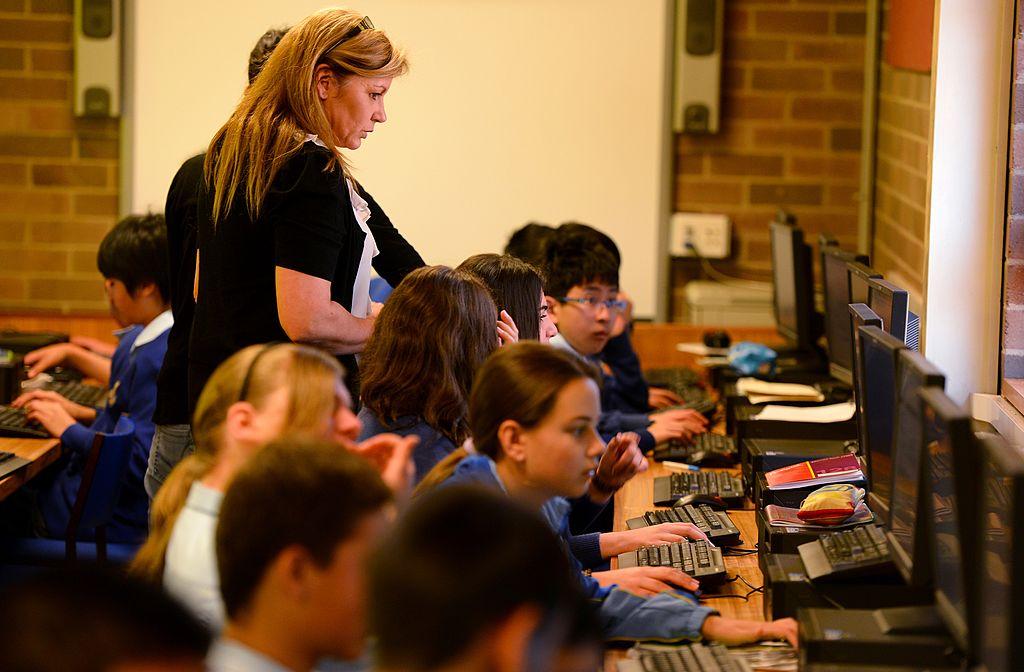Nearly half of young Australians view climate change as very concerning for the nation, ahead of discrimination and cost of living.
Mission Australia’s 2023 Youth Survey found that 44 percent of people aged 15 to 19 are concerned about climate change, and 21 percent were “extremely” concerned about it.





